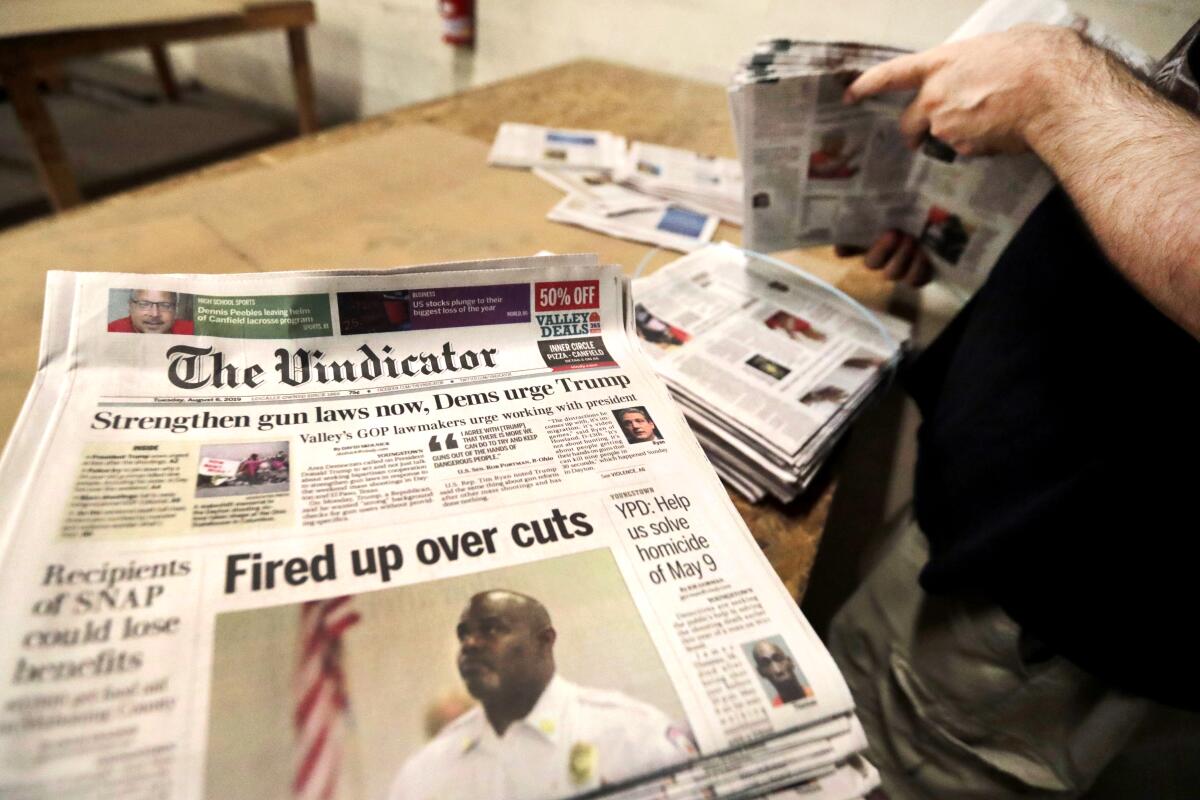The Best Strategy To Use For News Articles
Table of ContentsNews Articles Things To Know Before You Get ThisWhat Does News Articles Do?The Best Strategy To Use For News ArticlesWhat Does News Articles Mean?Some Of News Articles
Great expertise of different topics provides students an affordable side over their peers. Despite the fact that digital and social media sites are conveniently available, we need to not forget exactly how vital it is to read the papers. Moms and dads should attempt and inculcate the practice of reviewing a newspaper as a daily routine to proceed the legacy of the adored print medium.Information tales additionally consist of at the very least one of the following essential features loved one to the designated audience: distance, prominence, timeliness, human rate of interest, anomaly, or effect. The relevant term journalese is in some cases used, normally pejoratively, to describe news-style writing. One more is headlinese. Papers generally abide by an expository writing style.
Within these restrictions, news tales also intend to be thorough. Among the larger and more recognized papers, fairness and balance is a major element in offering info.
Newspapers with a global audience, for instance, have a tendency to utilize a much more formal style of composing. The particular selections made by a news outlet's editor or content board are frequently gathered in a style guide; usual style guides include the and the US News Style Book. The primary goals of information writing can be summarized by the ABCs of journalism: precision, brevity, and quality.
What Does News Articles Do?
As a rule, reporters will not use a long word when a brief one will do. News authors try to avoid utilizing the same word more than as soon as in a paragraph (in some cases called an "echo" or "word mirror").
However, headings in some cases leave out the subject (e.g., "Leaps From Watercraft, Catches in Wheel") or verb (e.g., "Feline female fortunate"). A subhead (additionally subhed, sub-headline, subheading, caption, deck or dek) can be either a subordinate title under the major heading, or the heading of a subsection of the article. It is a heading that comes before the main text, or a team of paragraphs of the major message.

of a post subject, informant, or interviewee), it is referred to as a pulled quotation or draw quote. Additional billboards of any of these types might appear later on in the short article (especially on succeeding pages) to tempt further analysis. Journalistic websites in some cases make use of animation techniques to exchange one signboard for an additional (e.g.
10 Easy Facts About News Articles Described
Such signboards are likewise used as reminders to the short article in other sections of the magazine or website, or as you can check here ads for the item in other publication or websites. News release of the Swiss government. Common framework with title, lead paragraph (recap in bold), other paragraphs (information) and call information.

Instance of a hard-lead paragraph NASA is suggesting one more area job. The company's budget request, announced today, consisted of a strategy to send out one more mission to the Moon. This time the firm intends to develop a long-lasting facility as a jumping-off place for various other room experiences. The budget plan requests about $10 billion for the task.
The NASA statement came as the agency asked for $10 billion of appropriations for the job. An "off-lead" is the second essential front web page news of the day. The off-lead appears either in the leading left corner, or directly listed below the lead on the. To "bury the lead" is to start the short article with background info or information of additional importance to the viewers, requiring them to learn more deeply into a write-up than they must have to in order to uncover the vital points.
What Does News Articles Mean?
Common usage is that a person or 2 sentences each form their own paragraph. Reporters generally describe the organization or structure of a newspaper article as an upside down pyramid. The essential and most interesting aspects of a tale are placed at the start, with supporting information following in order of reducing relevance.
It permits individuals to explore a topic to only the depth that their curiosity takes them, and without the imposition of details or nuances that they could consider irrelevant, but still making that information available to much more interested visitors. The inverted pyramid structure also enables articles to be trimmed to any kind of approximate size throughout design, to fit in the space available.
Some writers begin news their tales with the "1-2-3 lead", yet there are several sort of lead offered. This style inevitably starts with a "Five Ws" opening up paragraph (as defined above), followed by an indirect quote that serves to sustain a significant aspect of the first paragraph, and then a straight quote to sustain the indirect quote. [] A kicker can refer to numerous points: The last story current broadcast; a "happy" tale to end the show.
Longer write-ups, such as magazine cover write-ups and the pieces that lead the within sections of a paper, are known as. Attribute stories vary from straight news in a number of ways.
The Single Strategy To Use For News Articles
The journalist usually information communications with meeting topics, making the item more individual. A function's very first paragraphs usually relate a fascinating moment or occasion, as in an "unscientific lead". From the particulars of an individual or episode, its view view promptly widens to abstract principles concerning the story's subject. The section that signals what a feature has to do with is called the or billboard.

The Editor's Tool kit: A Referral Guide for Beginners and Professionals (2001) Allan M. Siegal and William G. Connolly. The New York Times Manual of Style and Use: The Official Style Overview Used by the Writers and Editors of the Globe's A lot of Reliable Paper (2002) M. L. Stein, Susan Paterno, and R.